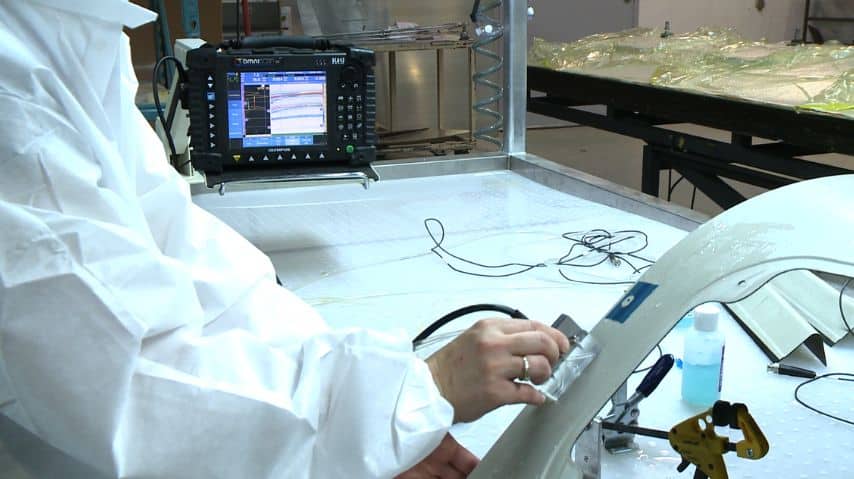In today’s rapidly advancing technological world, synchronization is a critical aspect of various industries. From telecommunications to computing, ensuring that all systems are in sync is vital for smooth operations. However, synchronization failures are not uncommon and can lead to significant disruptions. In this article, we will delve into synchronization failure case studies to understand the causes, effects, and remedies, providing valuable lessons for industry QA professionals.

Understanding Synchronization Failures
Synchronization failures occur when systems that are supposed to work together fall out of sync. This can lead to data loss, system downtime, and even security breaches. The primary keyword, synchronization failure case studies, highlights real-world scenarios where these failures have had significant impacts. By examining these cases, we can learn how to prevent similar issues in the future.
Case Study 1: Telecommunications
One of the most well-documented examples of synchronization failure occurred in the telecommunications industry. A major service provider experienced a network outage that affected millions of users. The root cause was identified as a failure in the synchronization of network clocks. This led to a cascading effect, disrupting services nationwide. This case study emphasizes the importance of regular maintenance and monitoring to ensure all components remain in sync.
Case Study 2: Financial Sector
The financial sector is highly dependent on precise synchronization. In one instance, a trading platform experienced a desynchronization between its servers, leading to incorrect transaction processing and significant financial losses. This case underscores the need for robust synchronization protocols and real-time monitoring to detect and rectify discrepancies promptly.
Case Study 3: Data Centers
Data centers are the backbone of modern digital infrastructure. A notable synchronization failure in a data center resulted in data corruption and loss. The failure was traced back to a misconfigured time server. This highlights the importance of having redundant synchronization systems and regular audits to ensure configurations are correct.
Causes of Synchronization Failures
Synchronization failures can occur due to various reasons, including hardware malfunctions, software bugs, network issues, and human errors. Understanding these causes is crucial for developing strategies to prevent them.
Hardware Malfunctions
Hardware malfunctions, such as faulty network clocks or server components, can disrupt synchronization. Regular maintenance and timely replacement of outdated hardware can mitigate this risk.
Software Bugs
Software bugs can lead to synchronization issues, especially if updates introduce new errors. Rigorous testing and version control are essential to minimize this risk.
Network Issues
Network issues, including latency and packet loss, can affect synchronization. Implementing robust network infrastructure and protocols can help address these challenges.
Human Errors
Human errors, such as incorrect configurations or oversight, can lead to synchronization failures. Comprehensive training and automated systems can reduce the likelihood of such errors.
Preventing Synchronization Failures
Prevention is better than cure when it comes to synchronization failures. Here are some strategies to prevent these issues:
Regular Maintenance
Conducting regular maintenance checks on hardware and software components can help identify potential issues before they escalate.
Real-Time Monitoring
Implementing real-time monitoring systems can help detect synchronization issues as they arise, allowing for prompt intervention.
Redundant Systems
Having redundant systems in place ensures that even if one component fails, others can take over, maintaining synchronization.
Conclusion
Synchronization failures can have far-reaching consequences, but by studying synchronization failure case studies, we can learn valuable lessons to prevent them. Regular maintenance, real-time monitoring, and robust protocols are key strategies to ensure systems remain in sync. By implementing these strategies, industry QA professionals can safeguard their systems against synchronization failures.

FAQs
What are synchronization failures?
Synchronization failures occur when systems that are supposed to work together fall out of sync, leading to disruptions and potential data loss.
How can synchronization failures be prevented?
Synchronization failures can be prevented through regular maintenance, real-time monitoring, and implementing redundant systems.
Why are synchronization failure case studies important?
Synchronization failure case studies provide valuable insights into the causes and effects of synchronization failures, helping industry professionals develop strategies to prevent them.
For more information on synchronization technologies, visit this link. Additionally, learn about setting predictive maintenance inspection frequencies on this page.
This article contains affiliate links. We may earn a commission at no extra cost to you.
